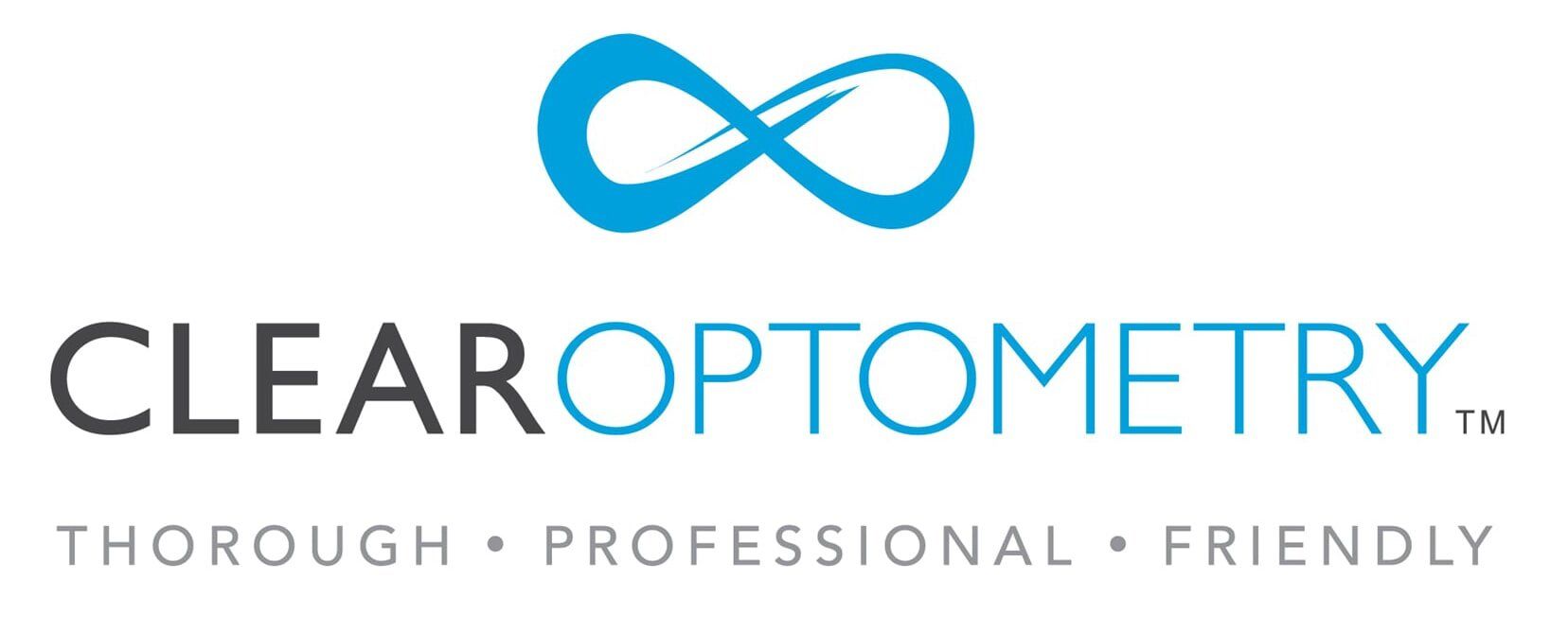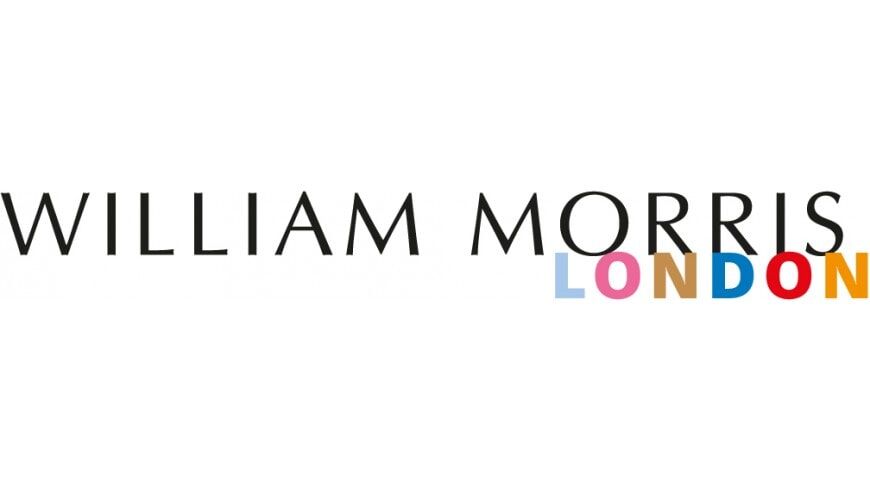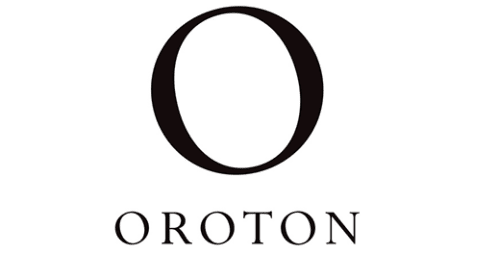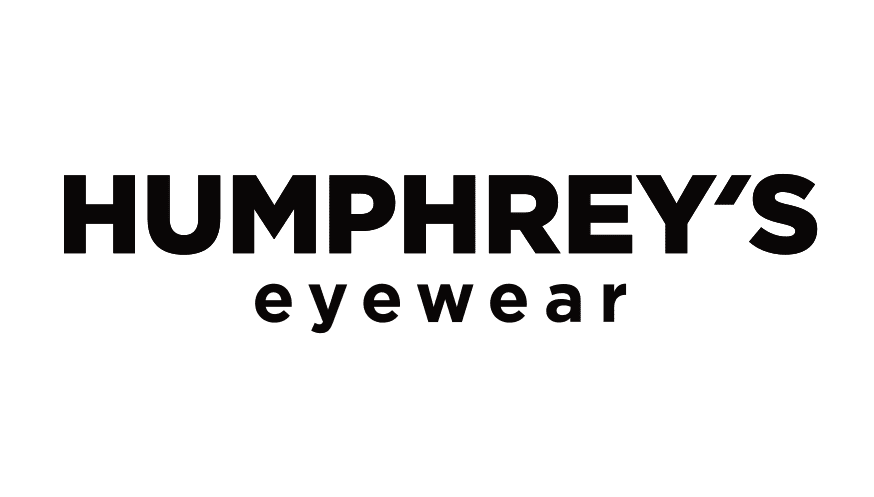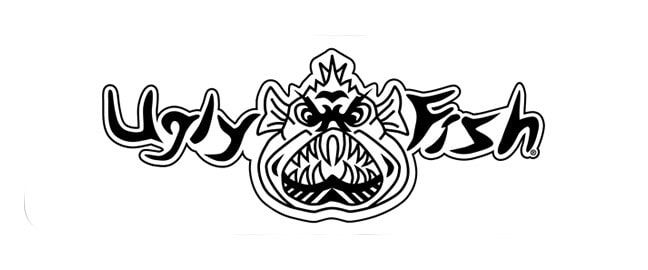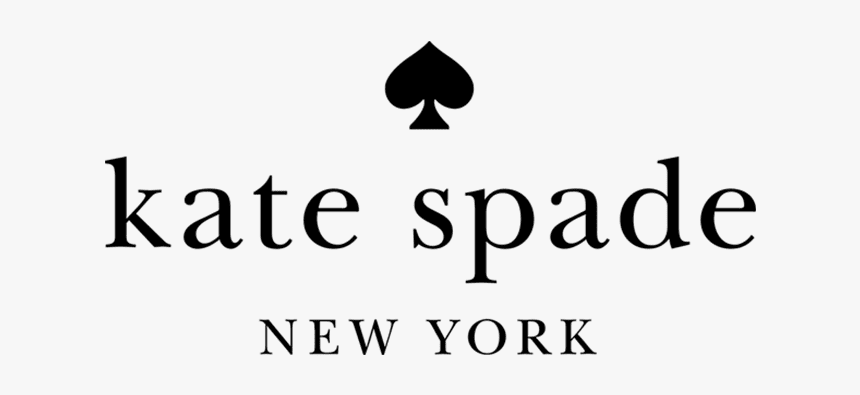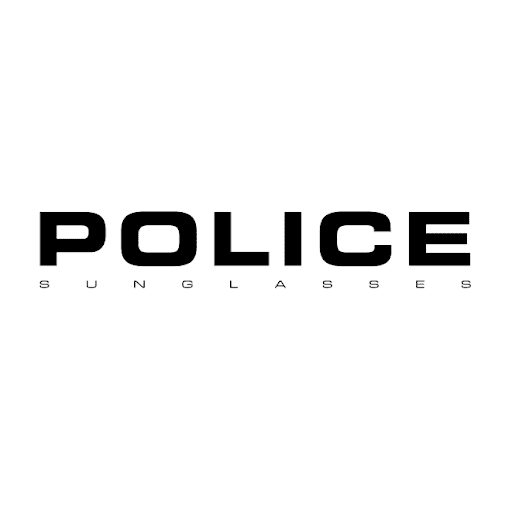Blog Layout
THOROUGH ~ PROFESSIONAL ~ FRIENDLY
When Was Your Last Eye Test?
Tuesday, November 27, 2012 1:34 PM

If you can't remember, then it's probably time for your next one. Even if you can, it may be longer ago than you think. Just like a car, your eyes need a regular service, and catching little problems early can prevent them becoming big ones later on.
See better. See us.
As we get older and our eyes start to get a few kilometres on the clock, the risk of developing conditions such as glaucoma, cataracts and macular degeneration increases. Having a regular eye examination can help to detect these conditions at an early stage, which greatly increases the chances of successful treatment. And don't forget that many potentially serious eye diseases have few or no symptoms early on, so it's important not to assume your eyes are completely healthy just because you can see well.
Generally it's a good idea to have a routine eye test every two years or so, but if you have a family history of certain eye diseases (such as glaucoma or macular degeneration) or your optometrist sees possible signs of problems, then more frequent testing may be required.
During a routine examination your optometrist will perform a variety of tests, both to assess the health of the eyes and to check your vision. These can include: -
- Checking the back of your eye (the retina). Examining the retina is an important part of checking for many conditions, including macular degeneration and glaucoma. I like to take a digital image of the retina to help with the examination and also to provide a record for future reference. It's also a great way to be able to show you what I'm looking at and any areas of concern.
- Measuring the pressure inside the eye. This is an important part of checking for glaucoma, as high pressures indicate an increased risk of the condition. This can be checked either with an instrument called a non-contact tonometer, which blows a gentle puff of air on to the eye (which is painless but can tend to make you jump), or with a contact tonometer, which uses a probe placed directly on the front of the eye. This method is also painless as the eye is anaesthetised first (or at least it is if I want to stay friends with the person I'm testing).
- Checking the front of the eye. This is done with an instrument called a slit lamp, which provides a highly magnified 3-D view of the structures that make up the front of the eye, such as the cornea, the iris and the lens. This can reveal a whole range of conditions, but one of the most common is cataracts, which occur when the lens becomes less clear and causes reduced vision.
- Vision assessment. This involves checking how well you see for both far away and up close, how well your eyes work together, and whether your vision can be helped by some sort of correction, such as glasses or contact lenses. This involves showing you the vision through a series of lenses and asking you a variety of questions about what you see, but I start the process by taking some measurements with a computerised instrument called an auto-refractor. This provides an accurate approximation of your prescription and makes the process quicker and easier.
Depending on the situation there are a host of other tests that can form part of your eye examination. The majority of examinations are covered by Medicare so there's no reason not to give your eyes a regular grease and oil change.
